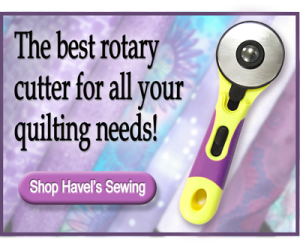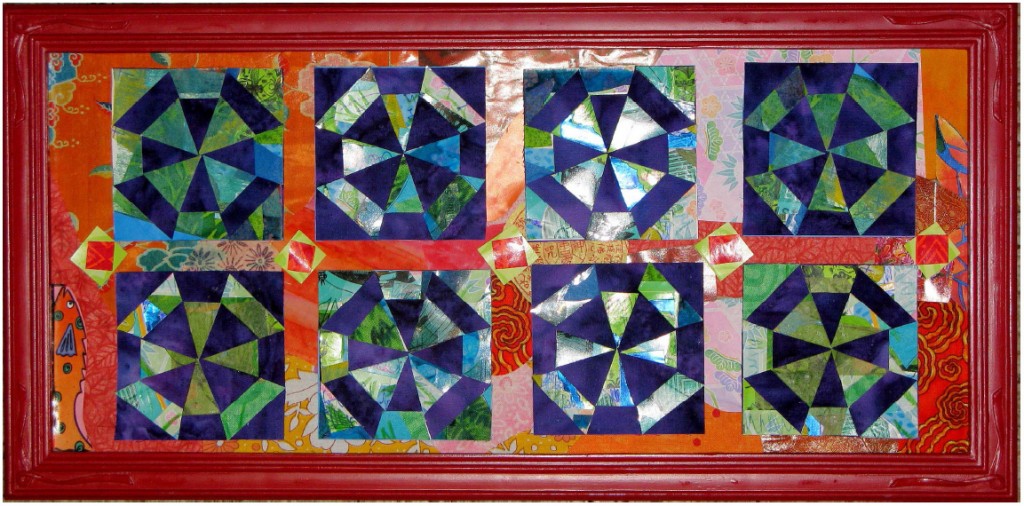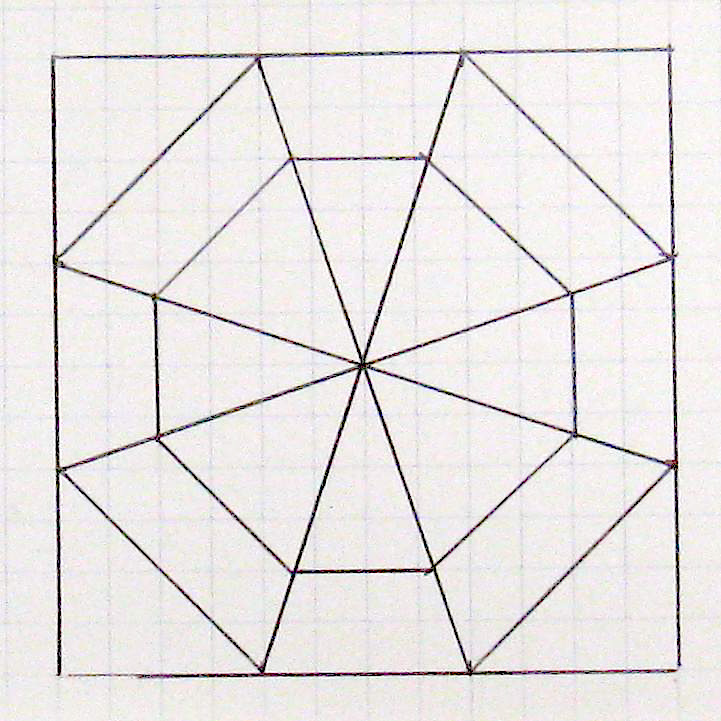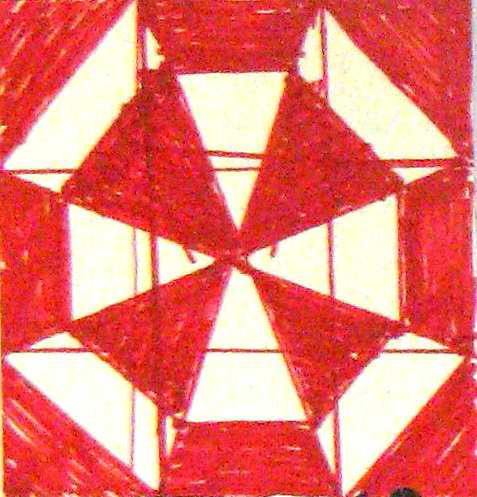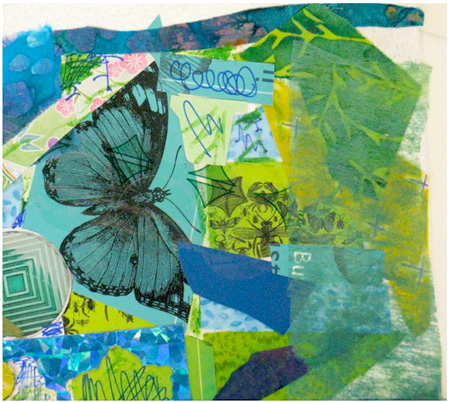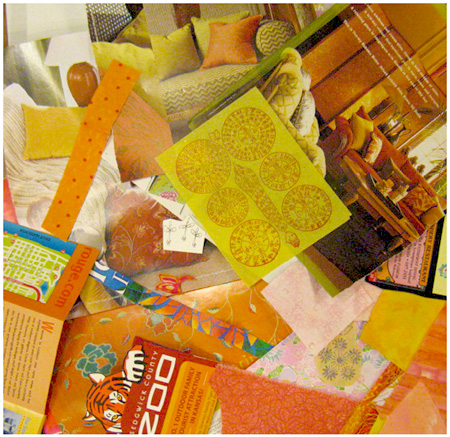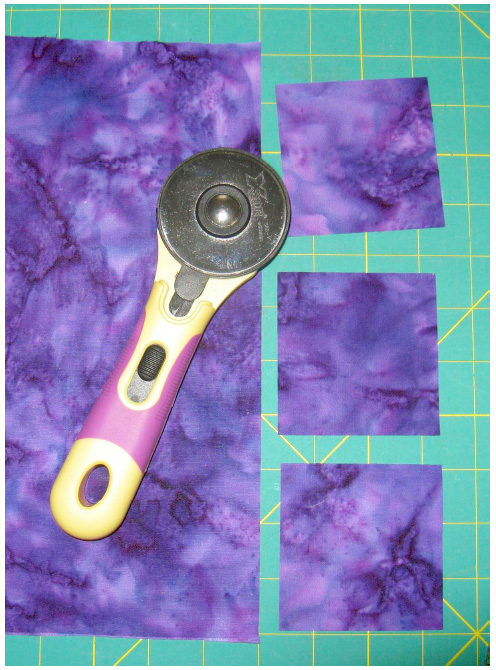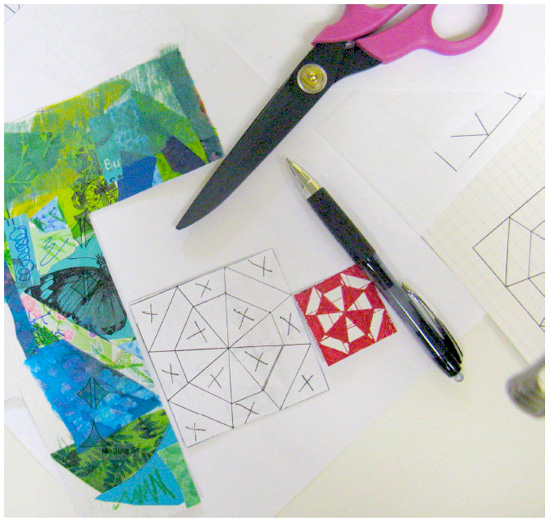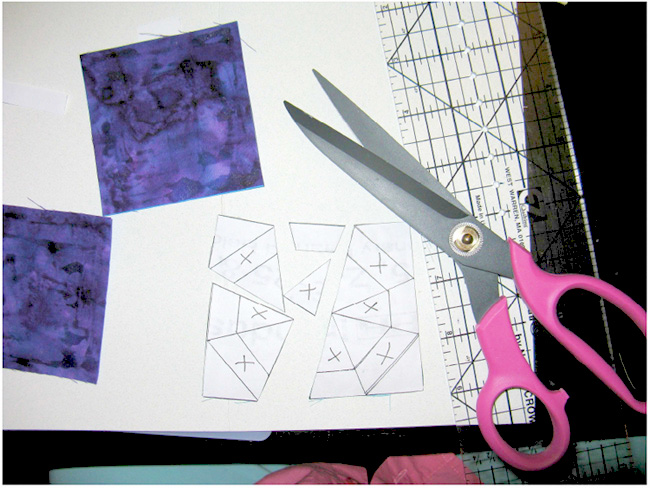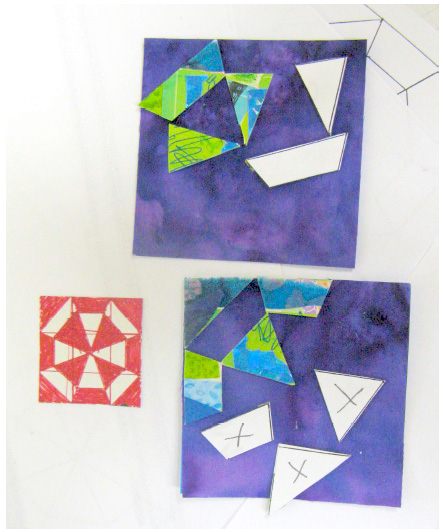By Terry White
A Little Story
When I was little Girl Scout (growing up in California), our troop went to a Mexican street fair. I bought a blue flocked plaster cat bank. My name was applied with glitter on the back. I thought that it was the most beautiful thing in the world. We also had an orange tree in our backyard. These are the sources for my imagery in this quilt.
#1 FUSED APPLIQUÉ
The Leaves
Appliqué is a sewing technique by which you apply one piece of fabric to another. Over the years there have been many different types of appliqué techniques developed by ingenious stitchers. For this project, I am going to use fusible web and machine stitching.
Below is a photo of the quilt in progress. The “Blue Cat” or in some instances “Jazz Cat” is one of my recurring design motifs. With the addition of the dark blue cat, I found that deeply colored oranges set off the design and the color of this quilt. The bright green leaves also add an interest of color to the design.
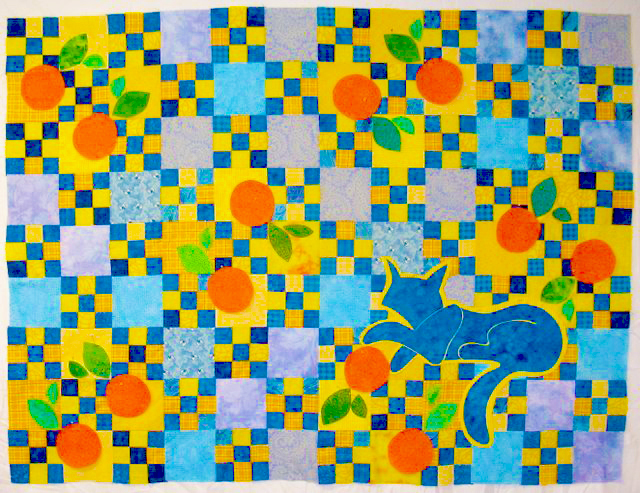
Notice the positioning of each appliqué element. The oranges are offset on yellow blocks. The green leaves are positioned on adjoining yellow blocks. The blue cat is layered over a piece of yellow fabric so that he remains a separate design element. In other words, the design lines of the cat remain separate and don’t melt into the surrounding blue squares.
A very easy way to do machine appliqué is to use fusible web. There are different types of fusible web and they have different purposes. You can find this at any fabric store, just ask the sales people.
For this project, I am using a paper backed fusible web. It is very important when using this product to test it with your iron and fabric. Understand how hot your iron should be and how long the iron should be applied to the paper and fabric.
For this quilt, I’ll show three different techniques for using the fusible web. One method (the most straight forward) I will use with the leaves.
The paper on the back of the web is like tracing paper. You can see designs through it to trace with a pencil.
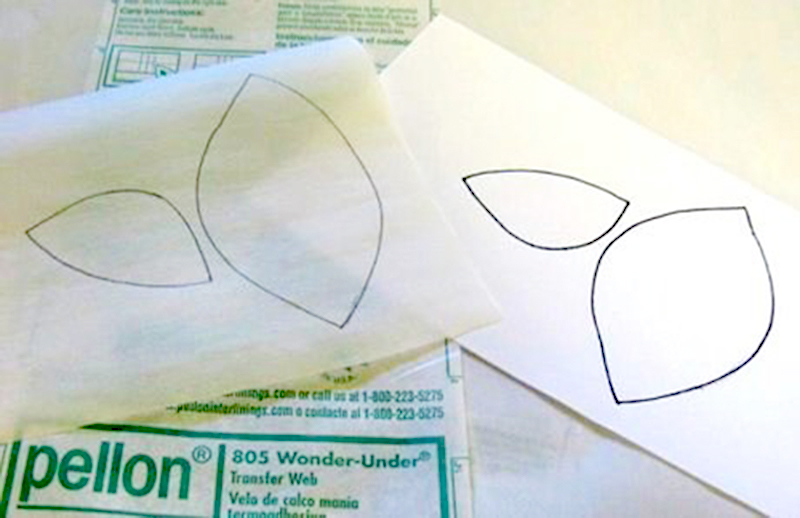
Trace the leaf shapes onto the paper side of the fusible web. Draw as many sets as you need. I have 12 oranges, so I traced 12 sets of leaves.
Rough cut around the leaf shapes. Iron green fabric to the glue side. I used scraps of different green fabrics. This is a scrap quilt, after all. The various green fabrics create a more lively design.
Pull a little bit of the paper backing off before cutting out the leaf shape. I call this the pre-pull. It makes it easier to pull the paper backing off once the leaf shape is cut out.
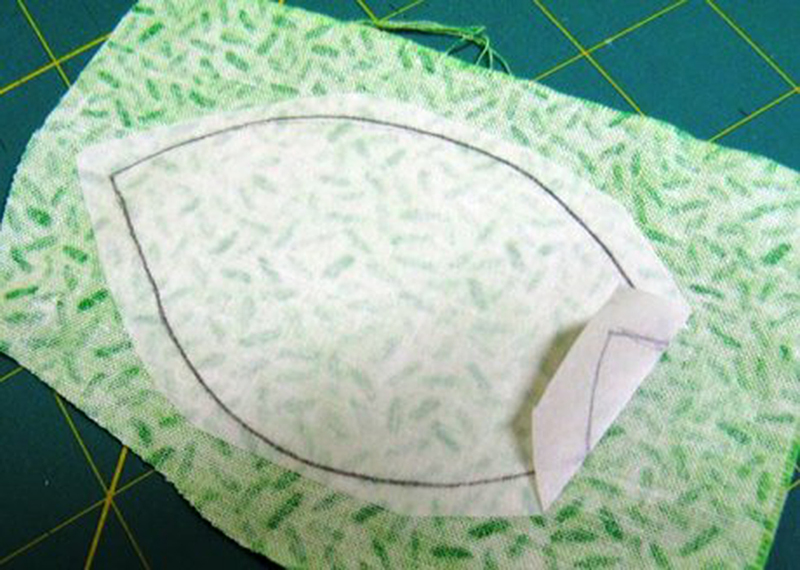
Cut out the leaf shapes. I like to use Havel’s 5 1/2″ Curved Tip Embroidery Scissors for this. You get a really nice curve to the shape when you cut.
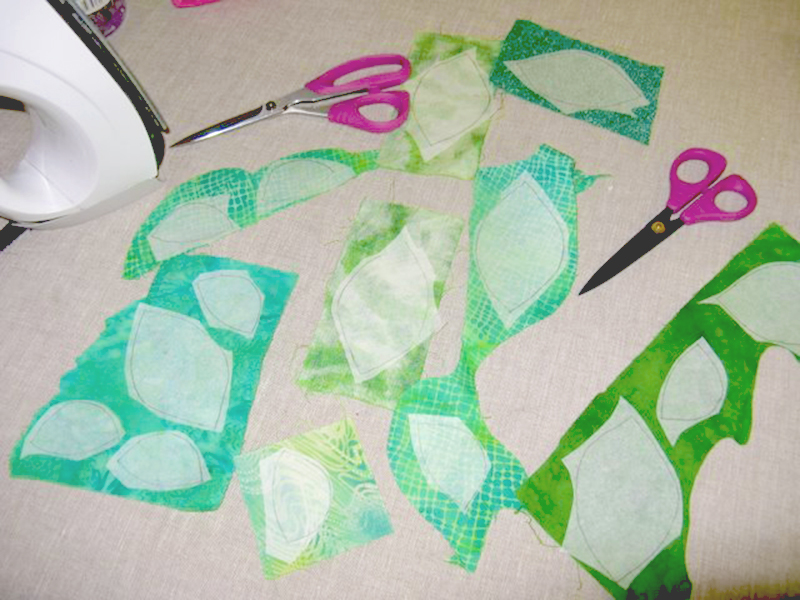
Pull the paper backing off.
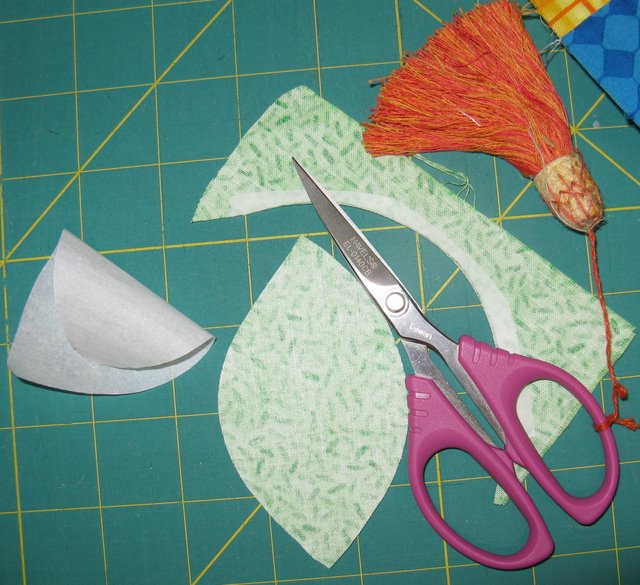
Place the leaves on the yellow squares on the quilt. Fuse the shapes according to manufacturer’s directions. The leaf shapes are ready to stitch to the quilt by machine.
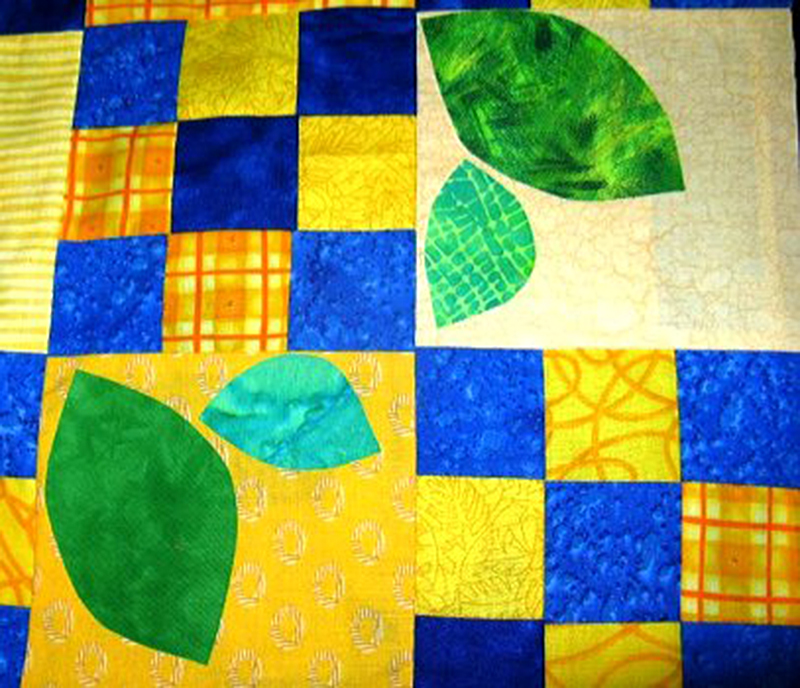
#2 DOUBLE-FUSED APPLIQUÉ
& MACHINE STITCHING
The Oranges
Here is a fused appliqué technique that works when fusing over seams.
The oranges are going to be placed across the patchwork seams. If you just fuse the orange shape to the quilt, then you will see and feel the patchwork seams come through the orange. To prevent this, you can fuse the orange shape to a white fabric and then, stitch to the quilt top.
Trace the orange shape onto the paper back of the fusible web. I like the oranges to be not perfectly round. By tracing the shape, I can make each orange a little different.
Fuse the wrong side of the orange fabric to the fusible web. At this point, peel back a little of the paper backing before cutting out the orange. It will make it easier to pull the paper when the whole orange has been cut out.
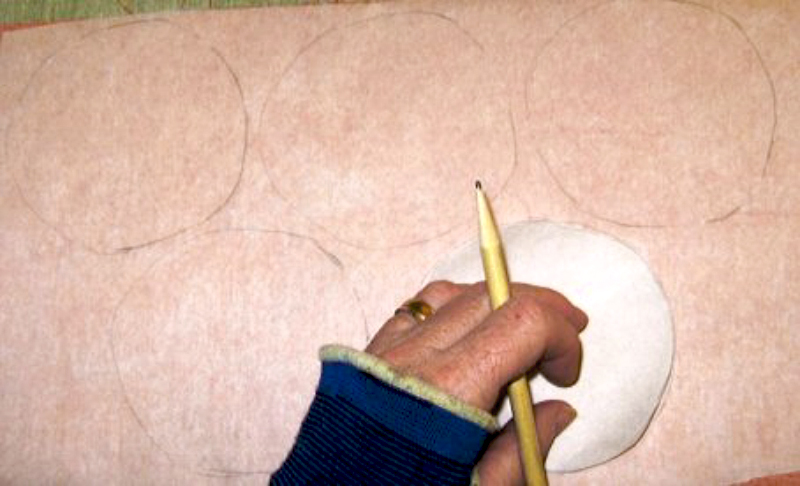
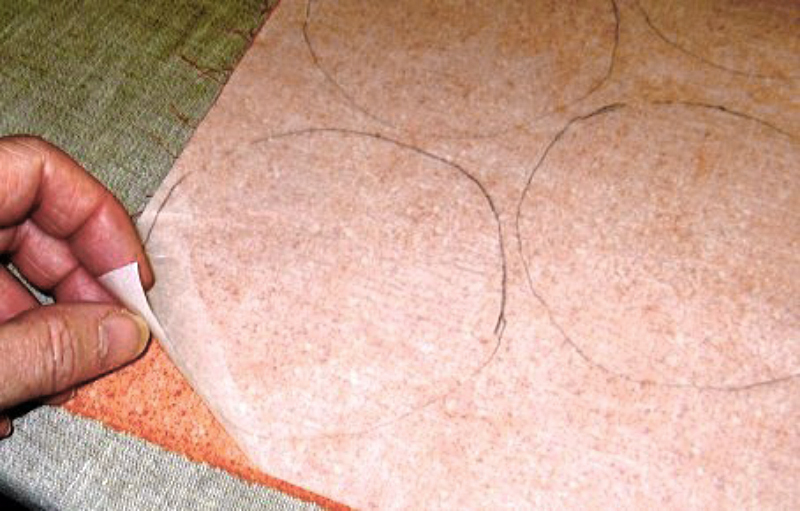
Cut out the oranges and fuse them to white cotton fabric.
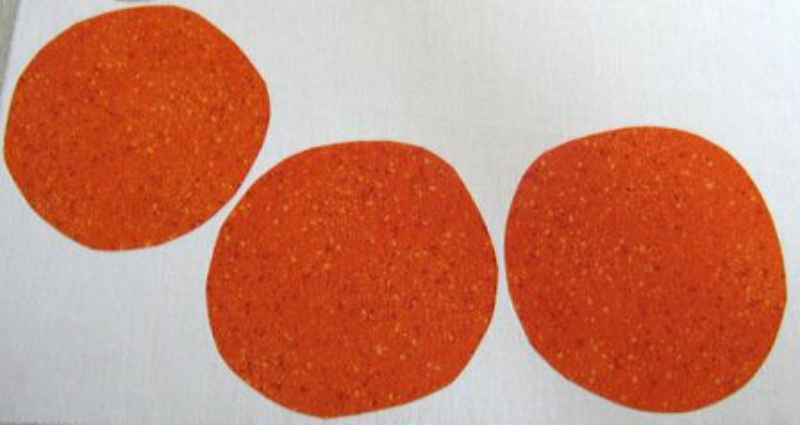
Cut the oranges out of the white fabric. The orange shapes will have more body and the color of the patchwork and seams won’t show through.
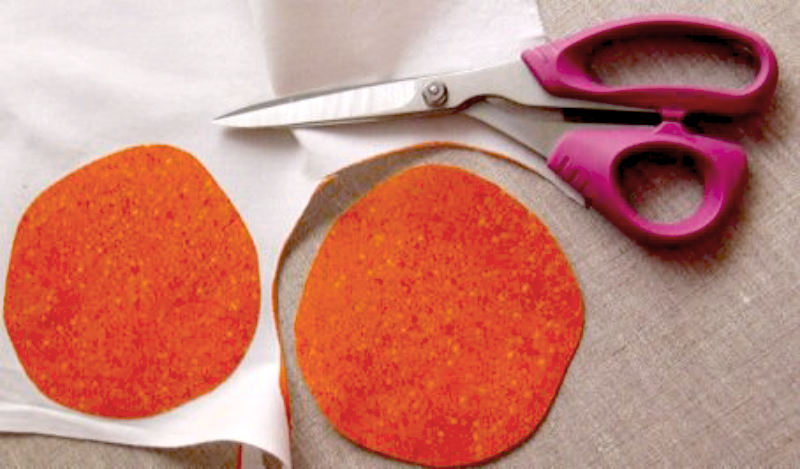
Pin the oranges in place on the quilt and they are ready for stitching. I use about five big quilt pins. Take each pin out before you get to it while you are stitching. Keep the patchwork and the orange very flat while you stitch. Notice the position of the presser foot. I use the presser foot as a guide as I stitch.
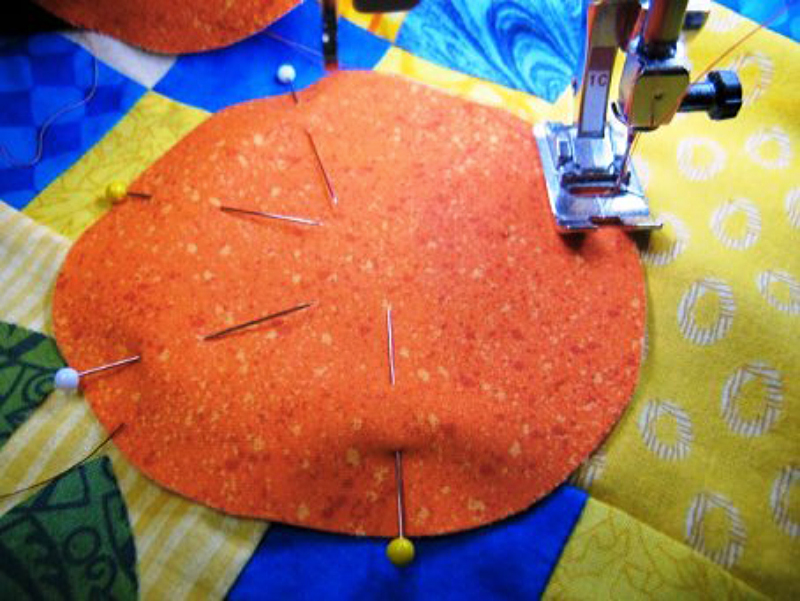
This is the stitch I used for appliqué. Notice that I positioned the stitch all the way to the right. This is so the appliqué is moved by the feed teeth.
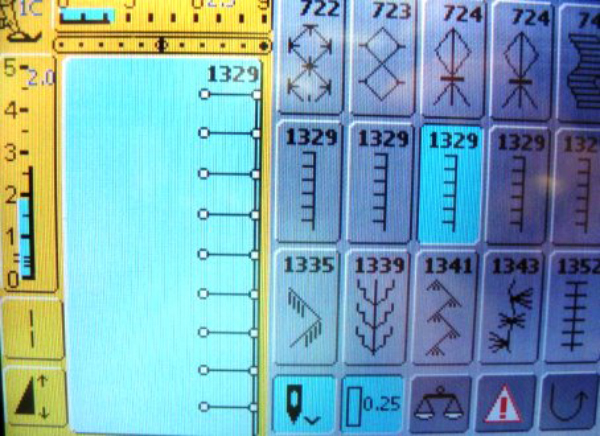
The first thing is to bring the bobbin thread to the top of your work. This allows for a great first stitch. Bring the bobbin thread to the top by inserting the needle into the work once and then pulling the thread up, holding the top and bobbin thread in your hand before taking the first stitch.
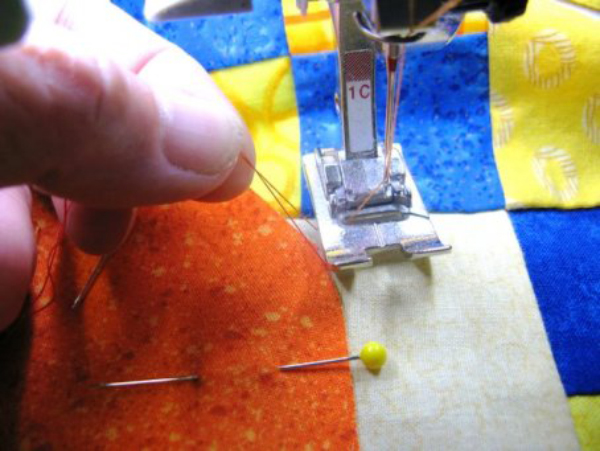
After stitching, cut the top and the bobbin threads about two inches from the last stitch. Pull the all threads to the back of the work with a hand needle. Secure them on the back with a knot.
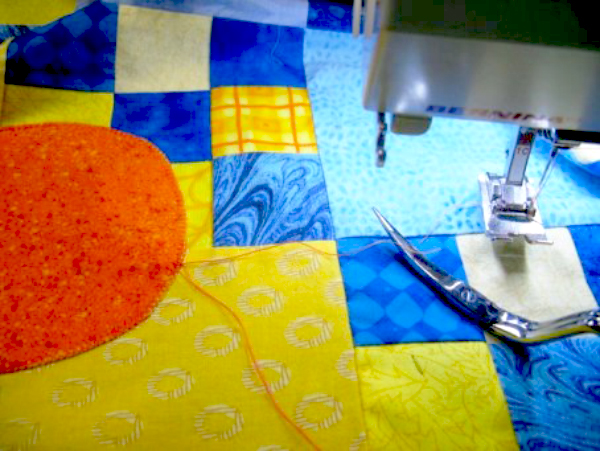
Here is a close-up of the stitching. I used variegated green and orange threads (Star Cottons) for the stitching.
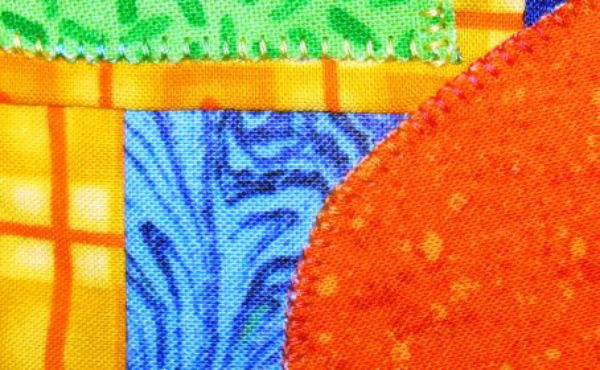
Here are the oranges and leaves on the blue and yellow quilt.
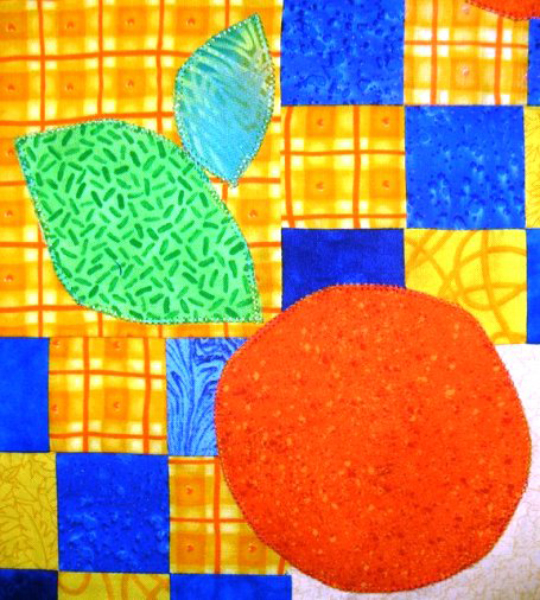
#3 FUSED SHADOW APPLIQUÉ
The Blue Cat
Shadow appliqué is simply adding a background to an appliqué that is cut around the appliqué shape. It separates the shape from the quilt. In this case, it is important because the blue cat would fade right into the blue sections of the quilt. This would give an awkward shape to the cat. The yellow also accentuates the appliqué so that it has more presence in the quilt….it makes the cat shape a bigger deal.
Trace the cat pattern pieces onto the fusible web. I have traced all the pattern pieces together onto the fusible web so that you can see the shapes together. Be sure to reverse the pattern so that the cat faces the left.
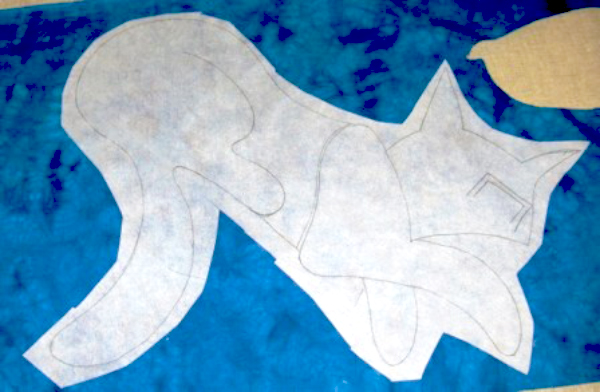
Iron the blue fabric to the web and cut out the cat. The blue fabric that I chose is a deep blue with soft texture. I think that the texture makes the cat livelier.
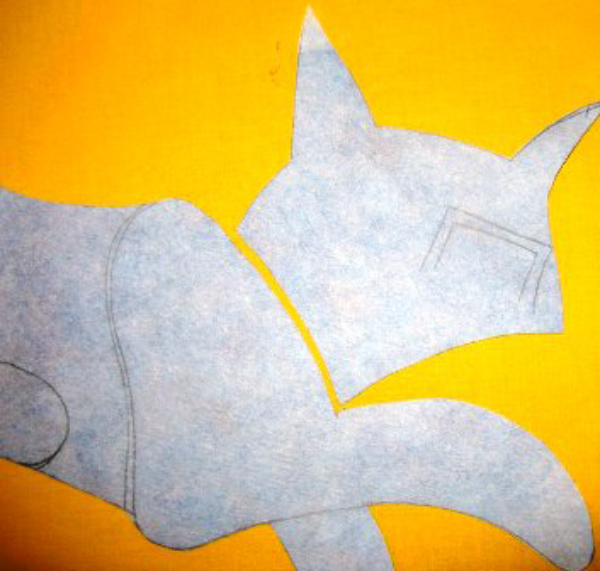
Trace the cat’s face onto the blue fabric. I used a graphite marker. The graphite marker lasts forever and works on dark fabrics.
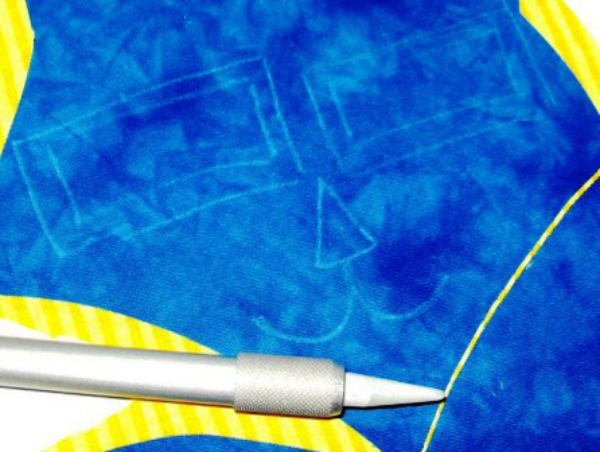
Fuse the blue cat to a yellow piece of fabric. The yellow stripe fabric adds a bit of humor to the cat. Rough cut the yellow fabric about half an inch around the cat shape.
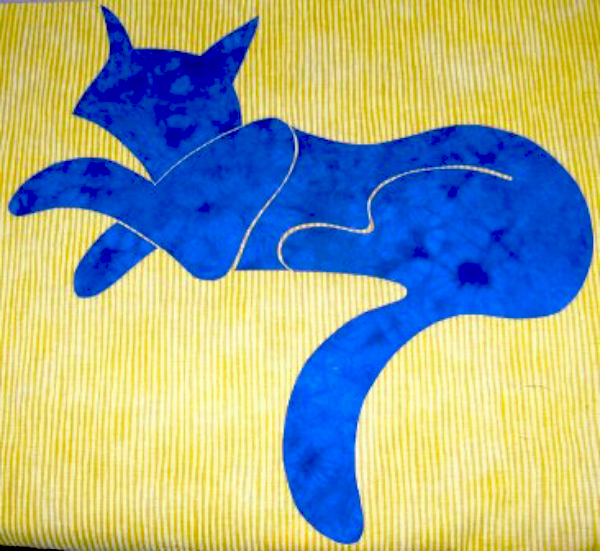
The yellow fabric acts as a stabilizer. Now, the cat’s face can be hand embroidered, painted, stenciled, or stitched with free motion embroidery (as I have done). I used white and fuschia STAR cotton threads to do the embroidery. Use your favorite technique for this detail work.
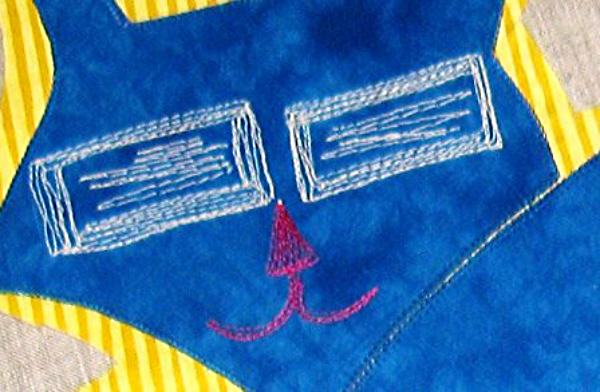
Stitch the blue cat to the yellow fabric. Use the same stitching method as with the leaves and oranges. I used a variegated blue cotton thread to do the stitching. It blends in best with the mottled blue color fabric.
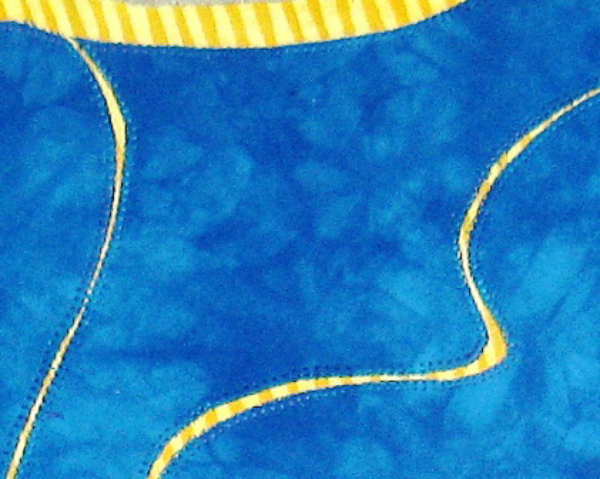
Trim the yellow fabric to create the cat’s shadow. At this point, after embroidering the face, I pressed the appliqué. Then, I carefully trimmed the yellow shadow to make a nice smooth shape. Notice that the yellow shadow is thin in some spots and thicker in others. This was done to make a pleasing silhouette.
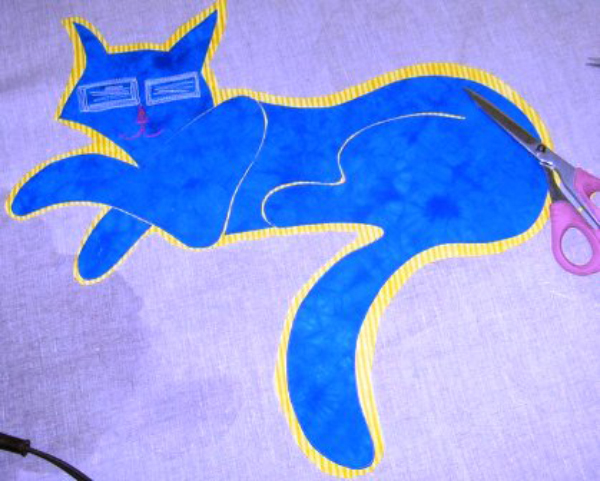
Pin the cat appliqué in place and stitch as with the oranges and leaves. I used a bright yellow variegated cotton thread to stitch the cat to the quilt top.
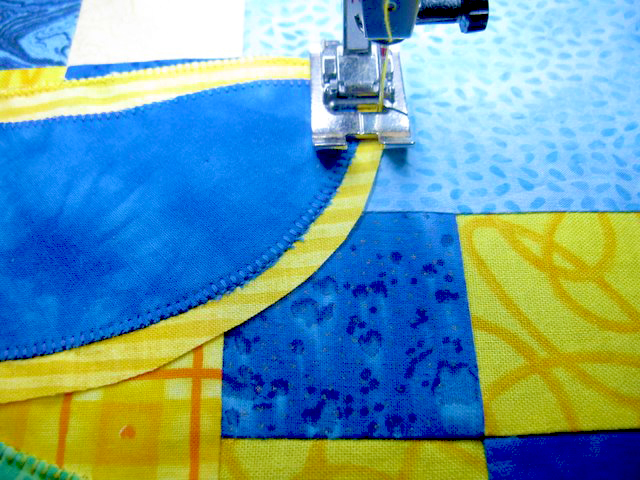
Sometimes, people like to cut the pieced fabric from beneath the appliqué shapes. It does make it easier to quilt. In this case, I chose to keep the pieced top intact. This will be a picnic quilt that will be well used and I want to keep the integrity of the patchwork intact for strength.
Below is the blue cat stitched to the finished quilt top. The blue cat looks very happy among the oranges on this picnic quilt.
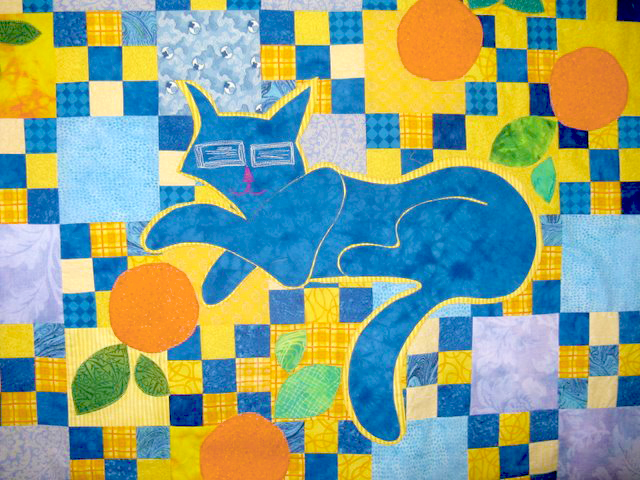
BLUE CAT WITH ORANGES PATTERNS


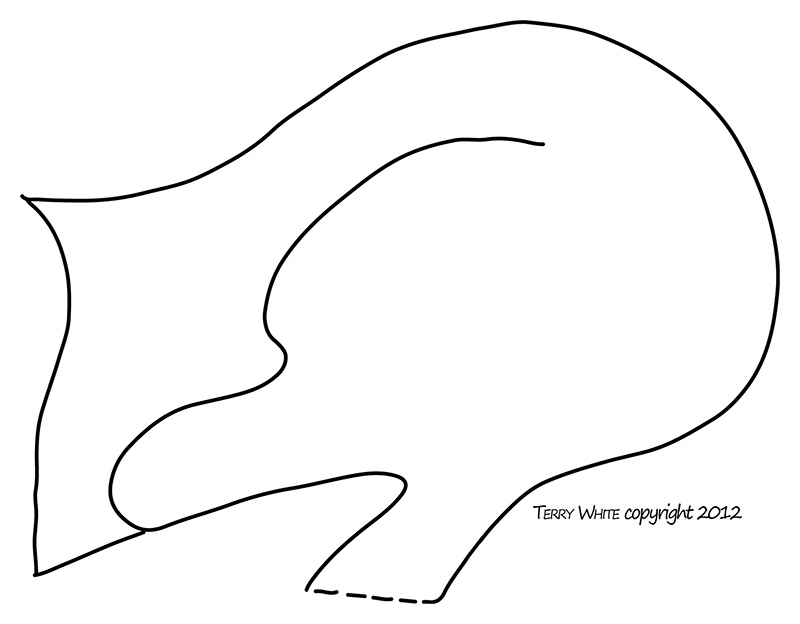
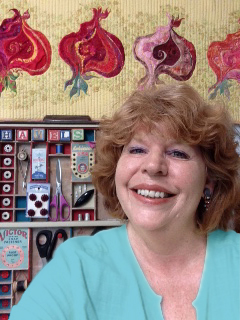 Terry White is a studio fiber artist. She has been doing this work since 1996, and she discovered the techniques she uses: threadpaint, machine appliqué, piece, quilt, embellish with beads, fibers and minutiae with sewing machine techniques, through experimentation and self-study. Terry teaches these techniques through classes and videos. Over the years Terry has been published in over 50 articles in magazines and books, including: McCall’s Needlework; Quilter’s Newsletter; Machine Embroidery and Textile Arts; CMA trade magazine; Stitch n Sew Quilts; Quick n Easy Quilts; Quilt World magazine and Calendar; Quilting Arts Calendar 2003; America from the Heart; America’s Best; America Sews. She is a wife, stitcher, artist, sister, mother, friend, nana, gardener, baker, writer, student, teacher and American. See more of Terry’s work at www.threadpaint.com.
Terry White is a studio fiber artist. She has been doing this work since 1996, and she discovered the techniques she uses: threadpaint, machine appliqué, piece, quilt, embellish with beads, fibers and minutiae with sewing machine techniques, through experimentation and self-study. Terry teaches these techniques through classes and videos. Over the years Terry has been published in over 50 articles in magazines and books, including: McCall’s Needlework; Quilter’s Newsletter; Machine Embroidery and Textile Arts; CMA trade magazine; Stitch n Sew Quilts; Quick n Easy Quilts; Quilt World magazine and Calendar; Quilting Arts Calendar 2003; America from the Heart; America’s Best; America Sews. She is a wife, stitcher, artist, sister, mother, friend, nana, gardener, baker, writer, student, teacher and American. See more of Terry’s work at www.threadpaint.com.

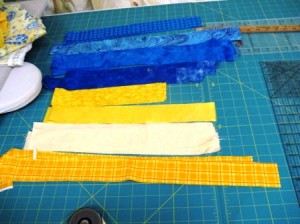 As a quilter, I have what is known to quilters as a “Stash” of fabrics. This is the fabric that I have color coordinated in bookshelves…this is the fabric I buy when I see it, like it and can afford it. Having this ‘stash’ makes it easy to start a new project at any time. I said start, not necessarily finish!
As a quilter, I have what is known to quilters as a “Stash” of fabrics. This is the fabric that I have color coordinated in bookshelves…this is the fabric I buy when I see it, like it and can afford it. Having this ‘stash’ makes it easy to start a new project at any time. I said start, not necessarily finish!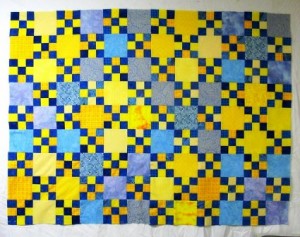

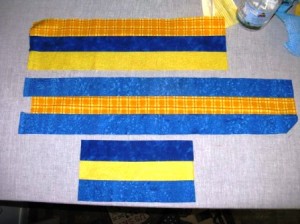
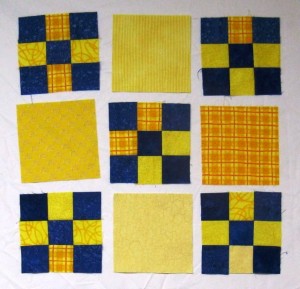
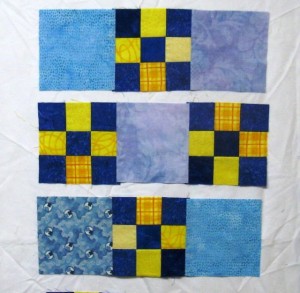
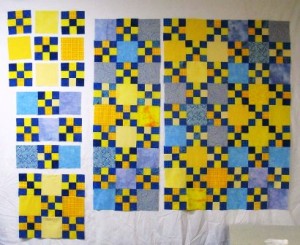
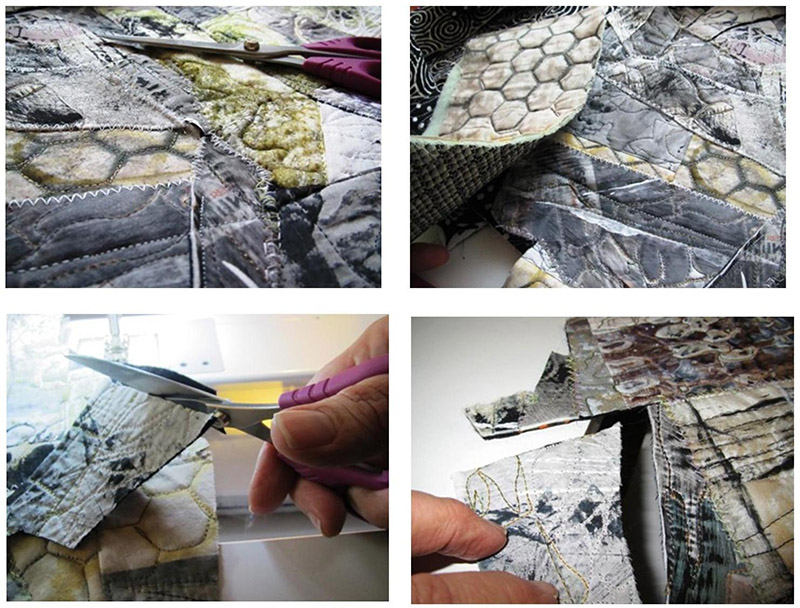
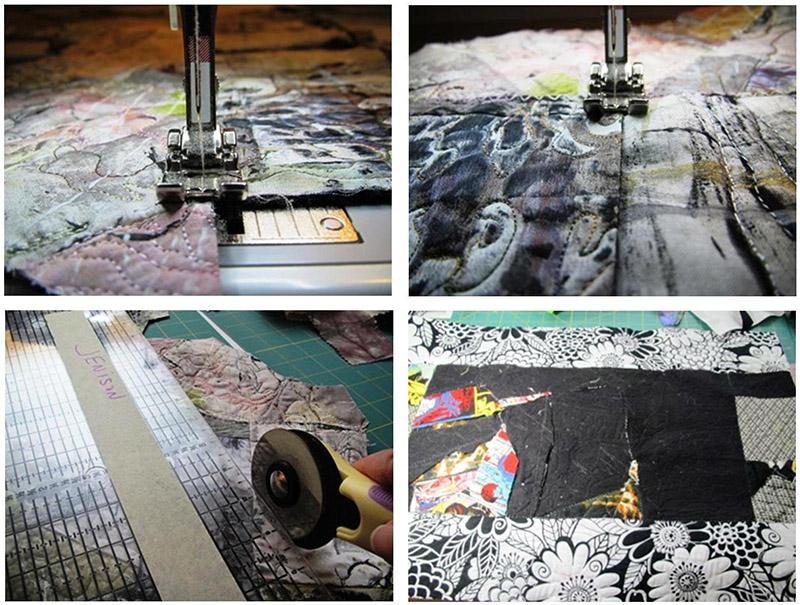
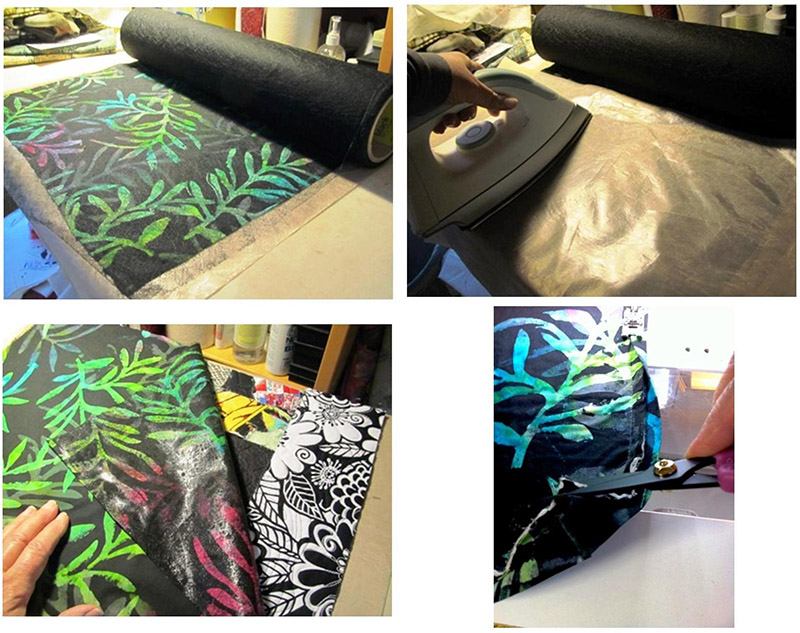
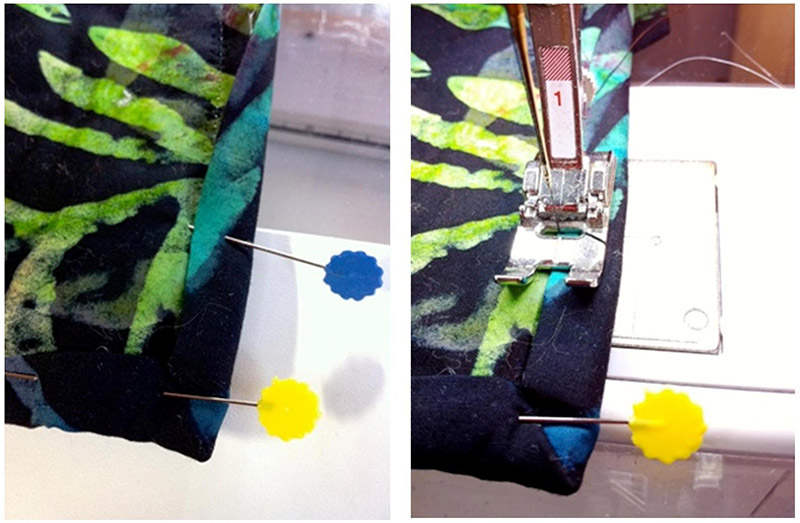
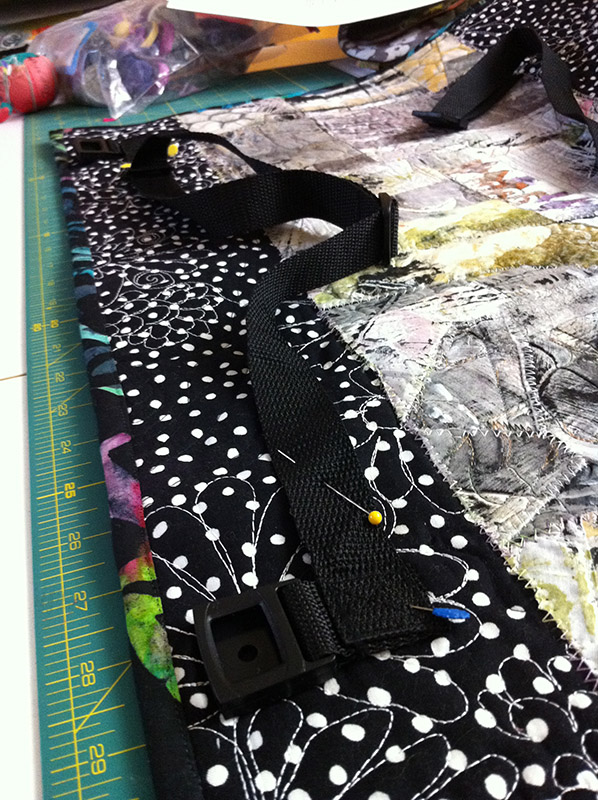
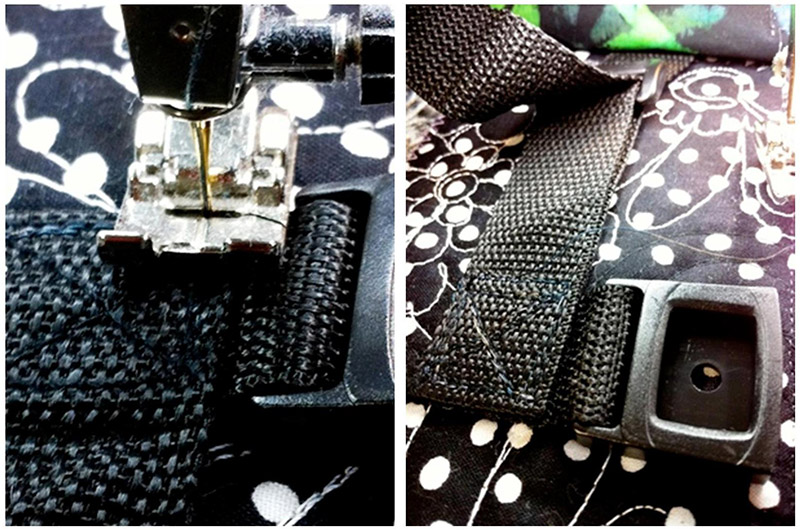
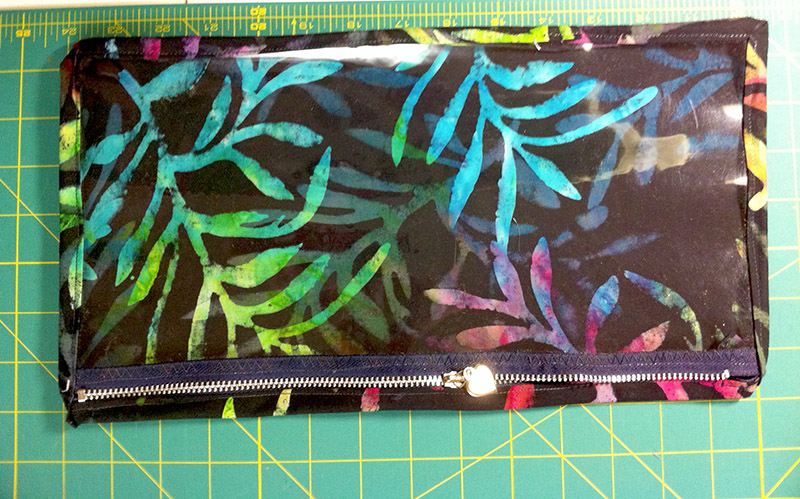
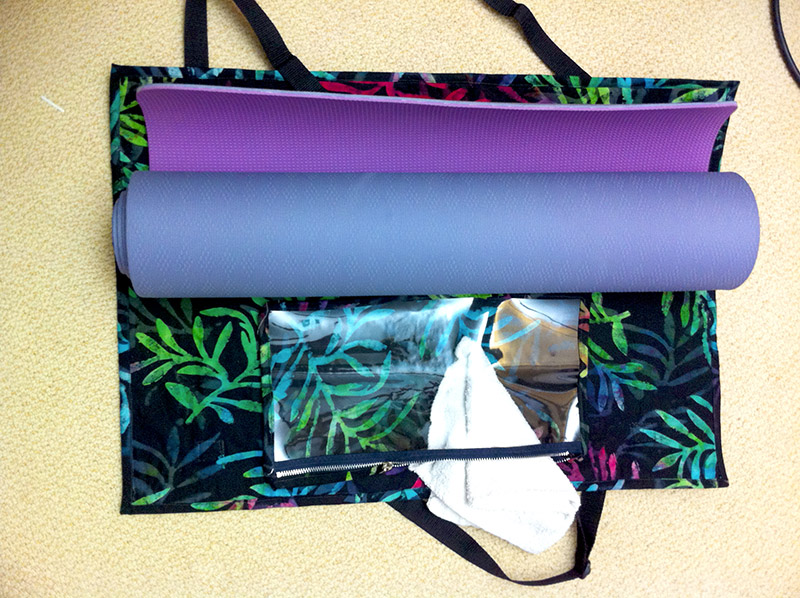
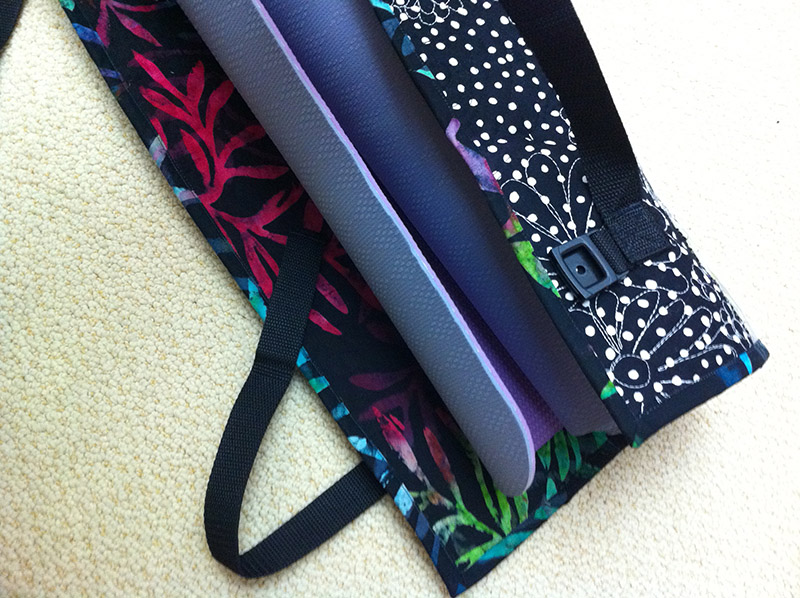
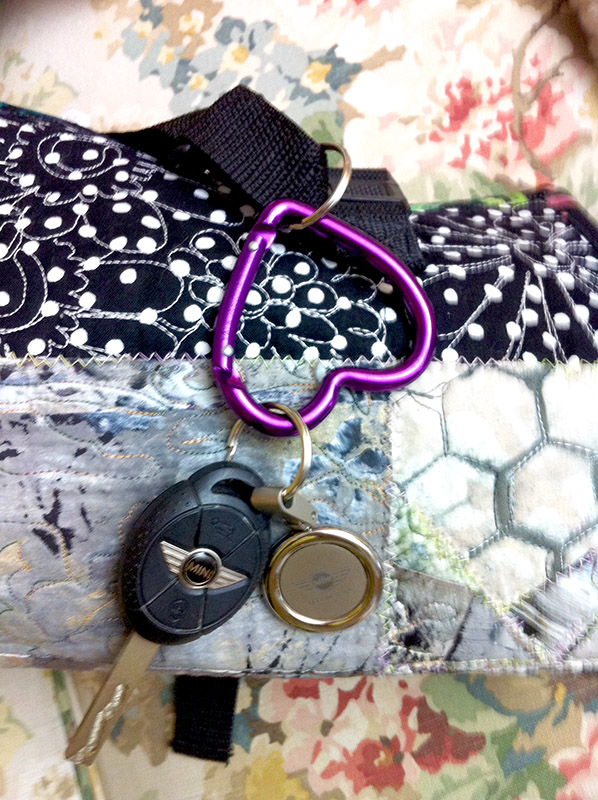
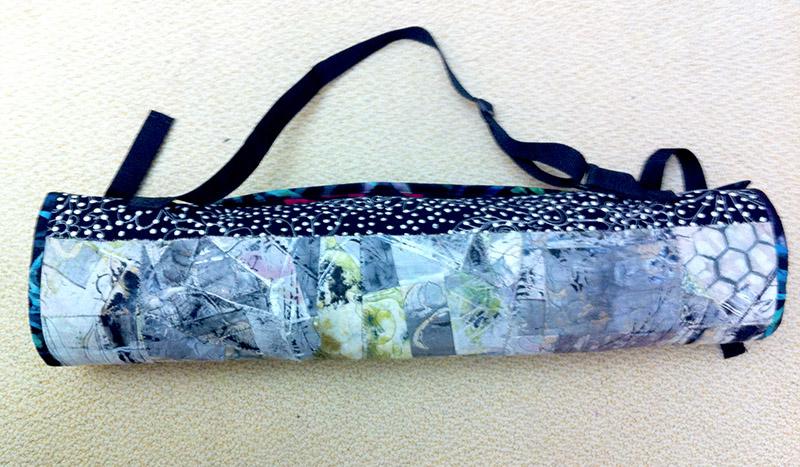
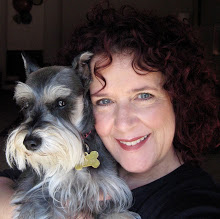 San Antonio artist
San Antonio artist 





























 Terry White
Terry White
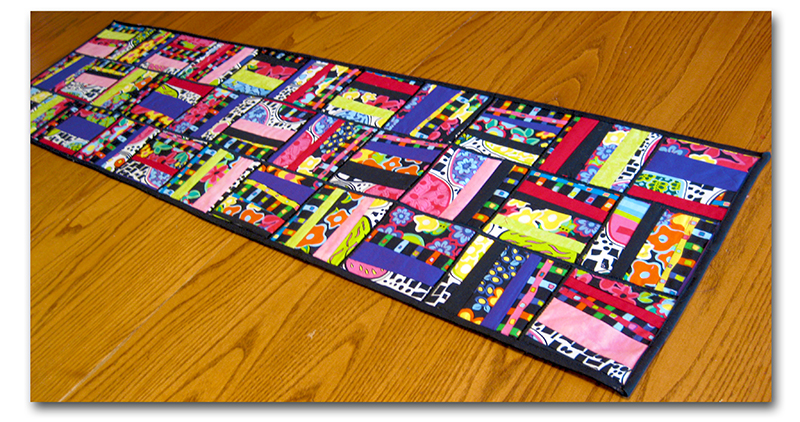
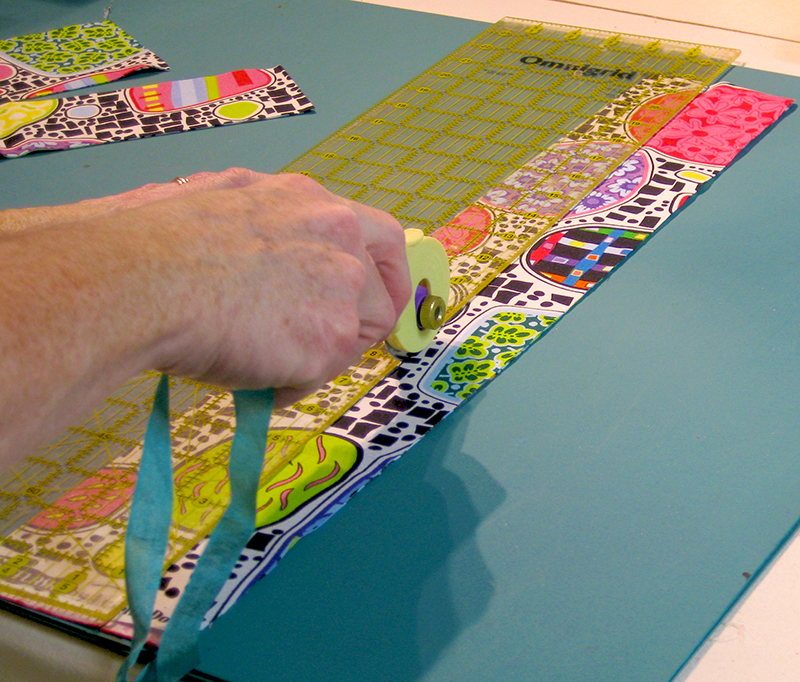
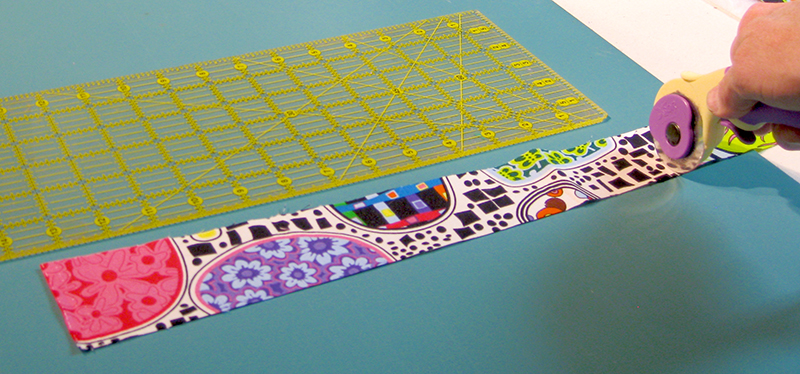

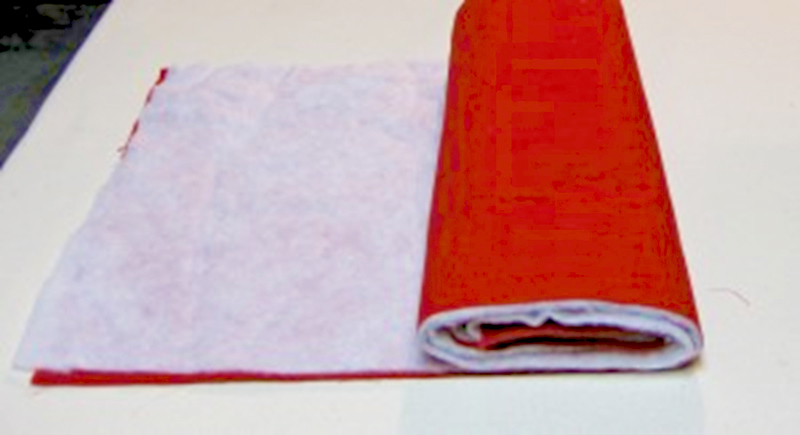
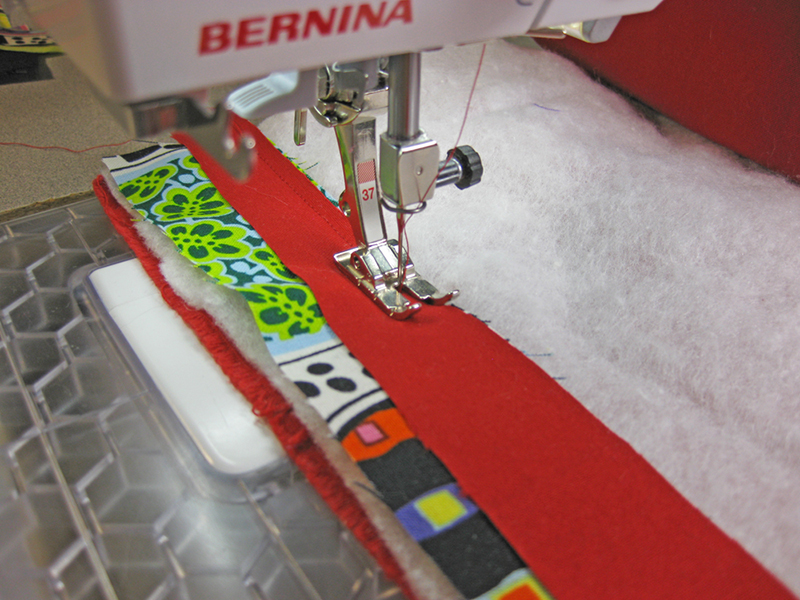
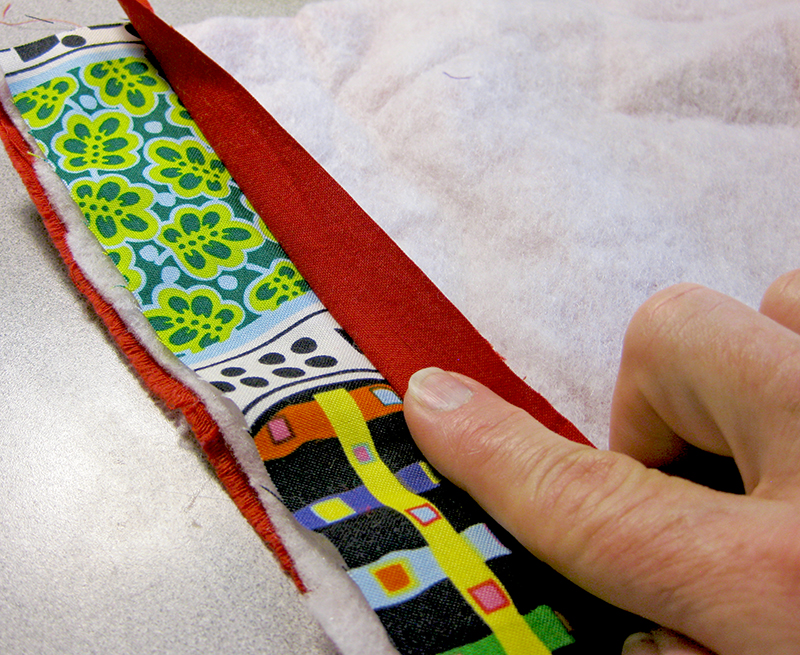
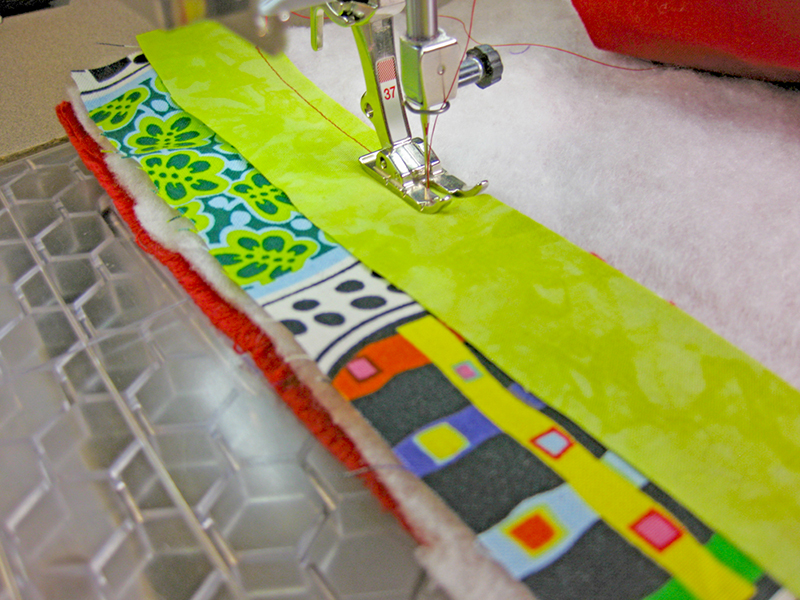

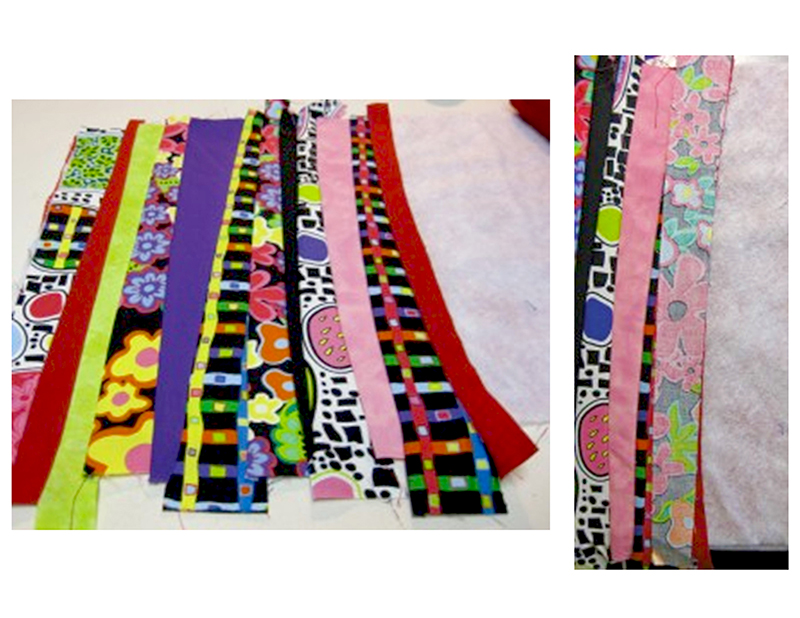
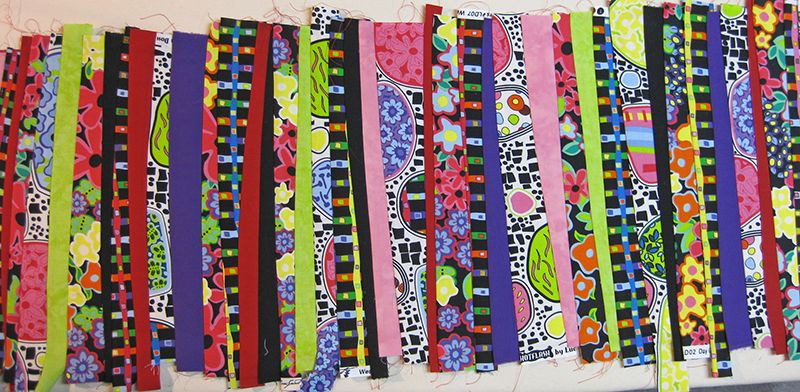
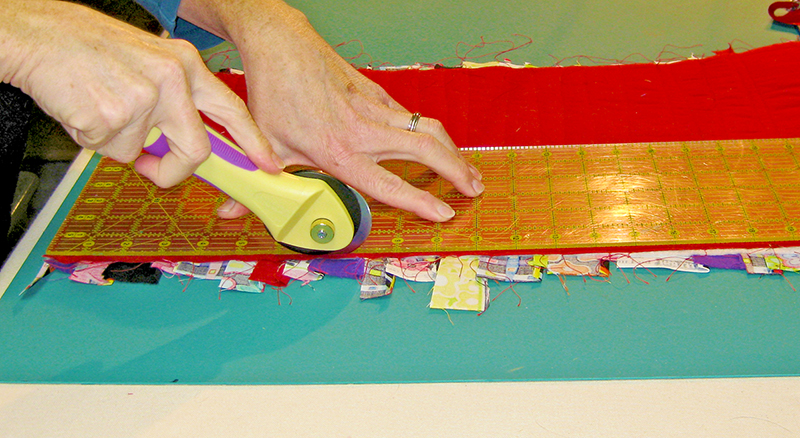
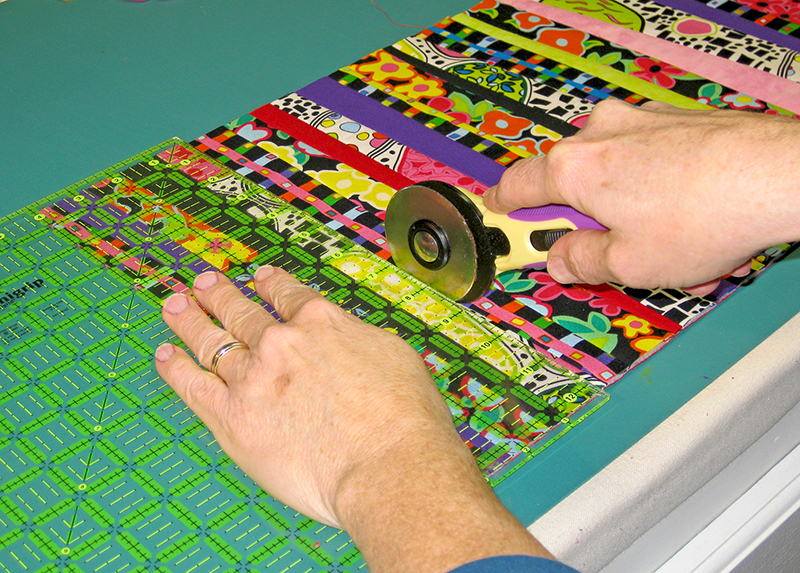
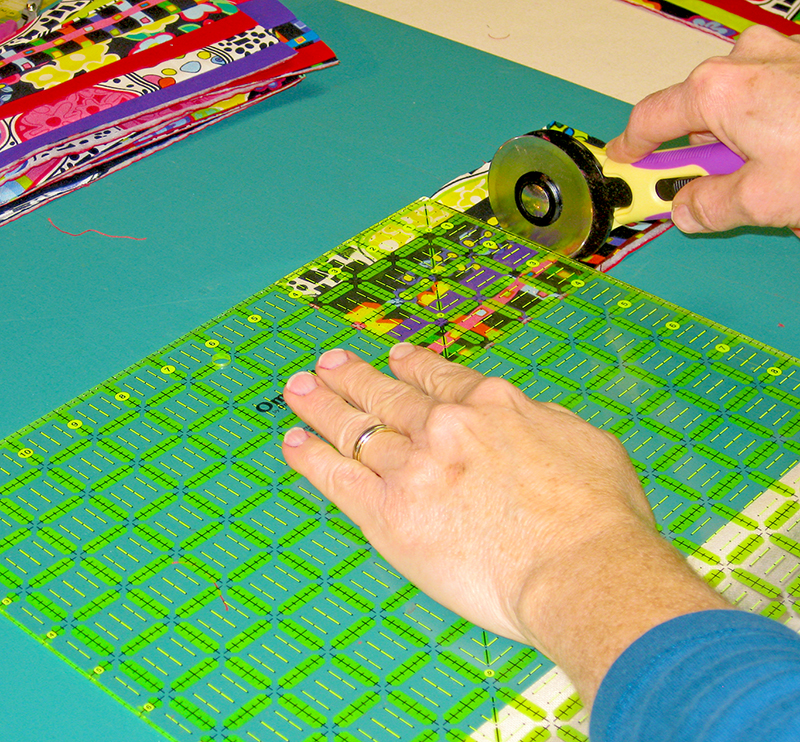
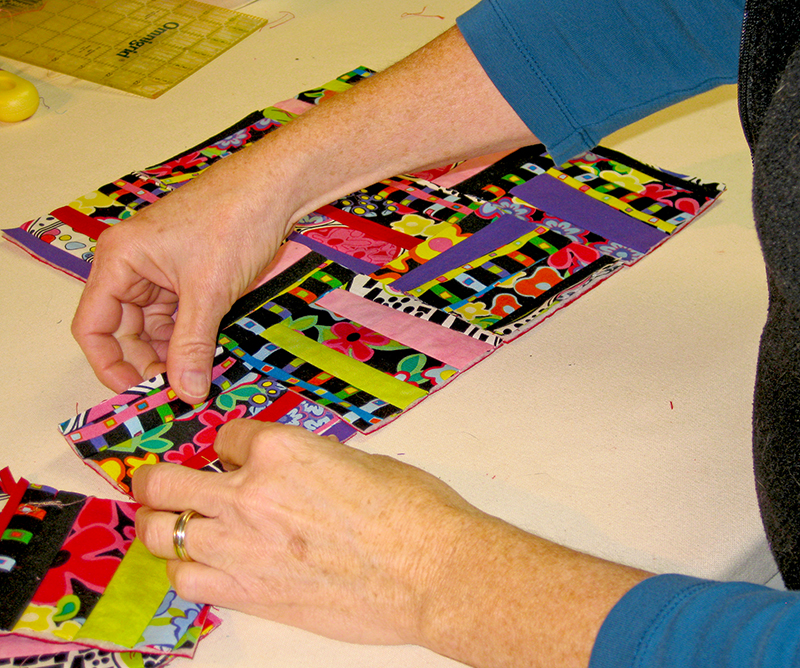

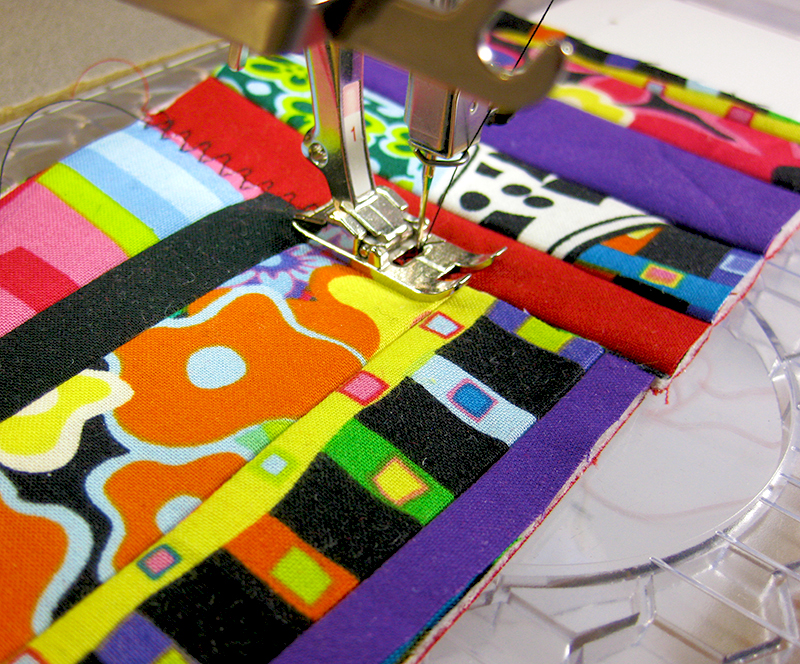
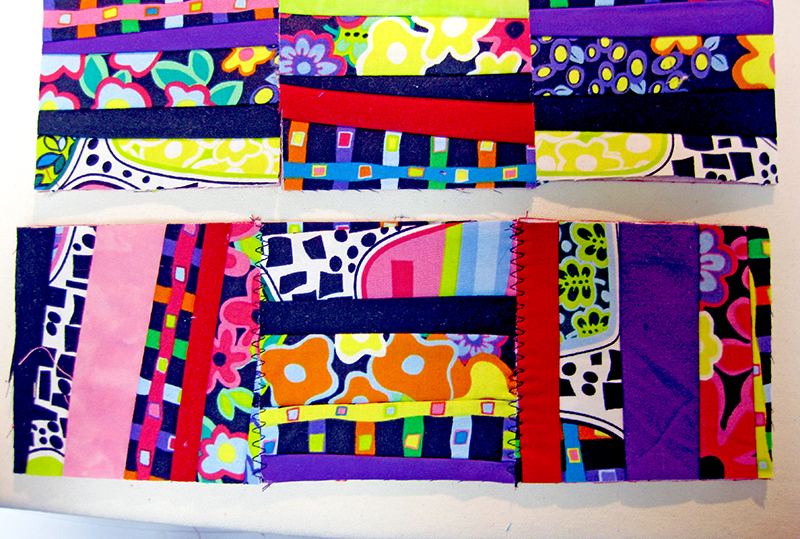
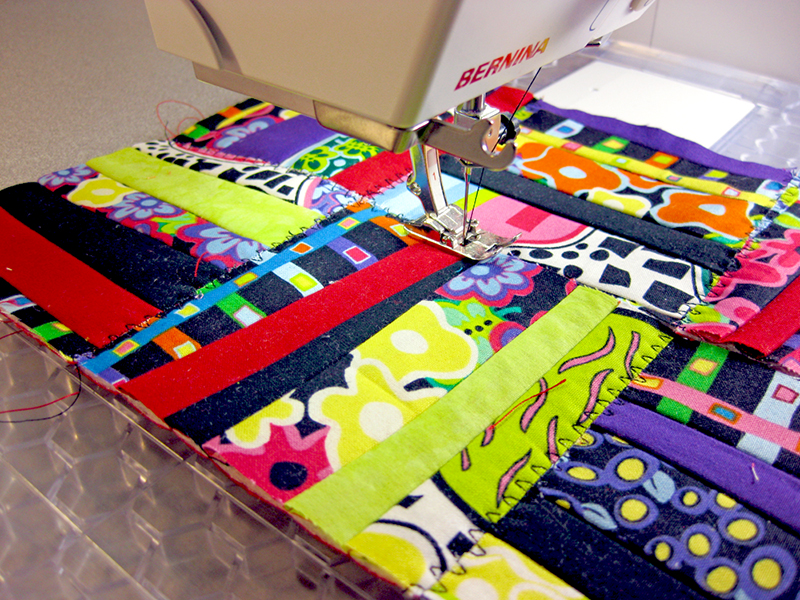
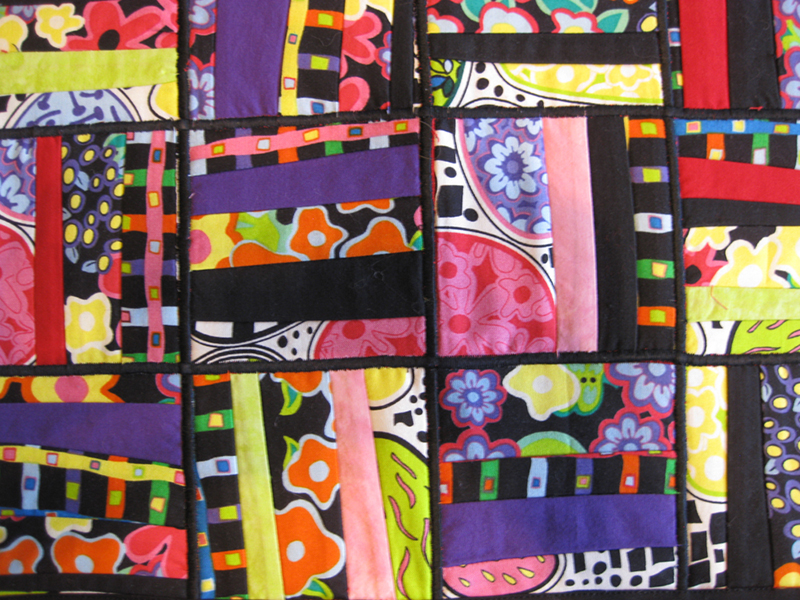
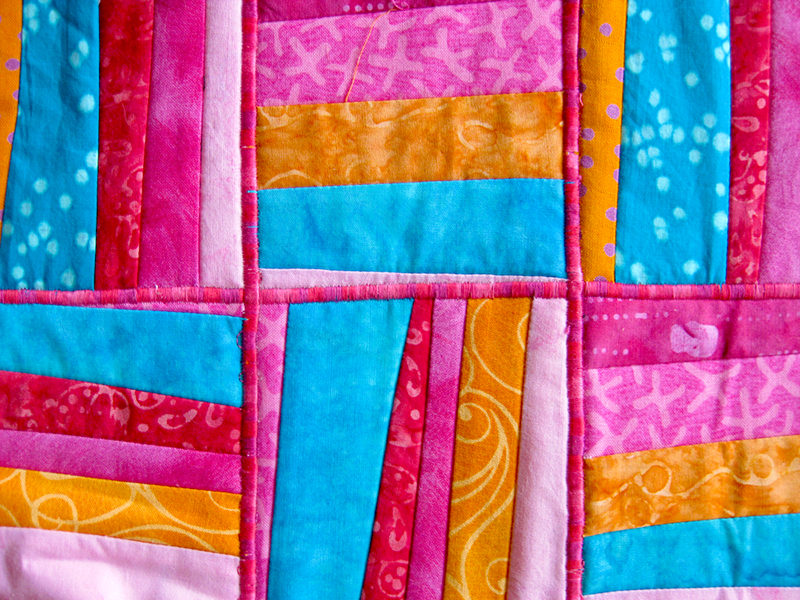
 Liz Kettle is a textile and mixed-media artist who loves sewing and creating with fabric and thread. Sharing sewing joy and thread addiction with others makes her deliriously happy. Liz is co-author of two best selling books: Fabric Embellishing: The Basics and Beyond and Threads: The Basics and Beyond. Share Liz’s stitch journey on her website and blog at
Liz Kettle is a textile and mixed-media artist who loves sewing and creating with fabric and thread. Sharing sewing joy and thread addiction with others makes her deliriously happy. Liz is co-author of two best selling books: Fabric Embellishing: The Basics and Beyond and Threads: The Basics and Beyond. Share Liz’s stitch journey on her website and blog at 